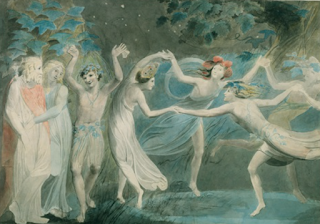One Evil Zombie

“How can only one zombie be scary to a group of adventurers?” Short answer: watch an Evil Dead movie. Cheating answer: let’s design a new zombie. The core zombie: AC 8, HP 11, ATK 1 slam +2 (1d6), MV near, S +2, D -2, C +1, I -2, W -2, Ch -3, AL C, LV 2 Undead. Immune to morale checks. Relentless. If zombie reduced to 0 HP by a non-magical source, DC 15 CON to go to 1 HP instead. Let’s add some old-school flavor and edit Undead: Undead. Silent until it attacks. Immune to morale checks. In the world of Lefort undead are always corpses possessed by demons . After watching Evil Dead: Rise tonight I realized how similar this concept is to the Evil Dead series and was inspired to create this post. This isn’t some poor soul dimly reanimated. This is a master of chaos and evil inhabiting corporeal form, possibly for the first time. ATK 1 gore +2 (1d8 + black bile), I +1 Black Bile. DC 12 CON or 1d4 CON damage (can’t heal while ill). Repeat check once per hour; ends on s










